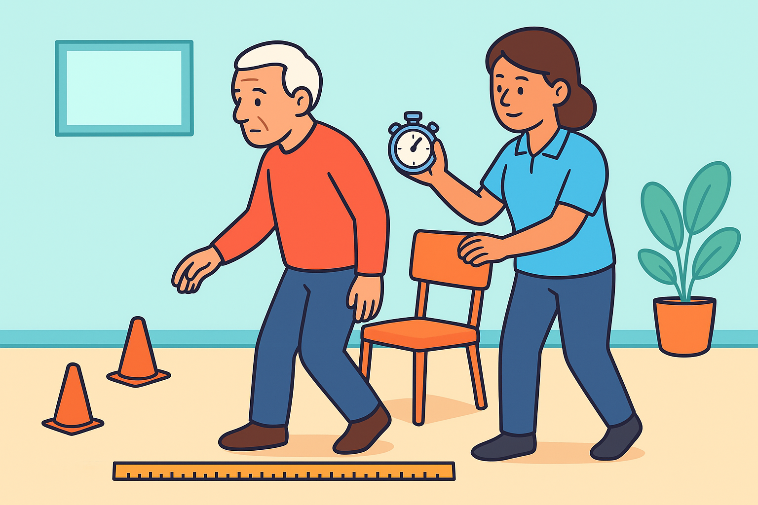Spinal stenosis, a condition caused by the narrowing of spaces within the spine, can lead to nerve compression, resulting in pain, numbness, or weakness. It often becomes a concern when conservative treatments fail to relieve symptoms. Understanding surgical solutions is crucial for those considering advanced interventions. This article explores various operations for spinal stenosis, offering valuable insights to help you make informed decisions.
Understanding Spinal Stenosis
Spinal stenosis commonly affects individuals over 50, but it can also result from injuries, herniated discs, or congenital factors. This condition occurs when spaces in the spine shrink, placing undue pressure on the spinal cord or nerves. Spinal Stenosis Symptoms vary in intensity and may include:
- Pain in the lower back or neck.
- Tingling or numbness in the arms or legs.
- Difficulty walking or standing for long periods.
- Weakness in limbs.
If these symptoms persist and disrupt daily activities, consulting a specialist for possible surgical options is advisable.
Surgical Options for Spinal Stenosis
Surgery for spinal stenosis is typically recommended when non-invasive treatments, such as physical therapy, medications, or epidural injections, fail to alleviate symptoms. Below are the most common and effective operations for spinal stenosis:
Laminectomy (Decompression Surgery)
The most frequently performed surgery for spinal stenosis, laminectomy involves removing the lamina (a section of the vertebra) to reduce nerve compression.
- When It’s Recommended: For severe pain and nerve-related symptoms.
- Procedure: Bone spurs or thickened ligaments may also be removed during the process.
- Recovery: Physical therapy is often required to restore mobility.
Laminotomy
A minimally invasive alternative, laminotomy involves partial removal of the lamina to create space for compressed nerves.
- When It’s Recommended: For localized compression affecting specific nerves.
- Benefits: Less tissue removal, resulting in faster recovery.
Foraminotomy
This procedure widens the foramina, the openings where spinal nerves exit the spine, relieving pressure on pinched nerves.
- When It’s Recommended: For pain caused by foraminal narrowing.
- Outcome: Often provides immediate relief and improved mobility.
Spinal Fusion
Spinal fusion is performed when instability accompanies spinal stenosis. It involves joining two or more vertebrae to prevent motion and provide stability.
- When It’s Recommended: Severe spinal instability or after significant decompression surgeries.
- Recovery: This surgery has a longer recovery period but delivers durable results.
Interspinous Spacer Placement
This modern, minimally invasive technique involves inserting a spacer between vertebrae to maintain proper spacing and reduce compression.
- When It’s Recommended: For mild to moderate stenosis.
- Benefits: Short procedure time and minimal recovery period.
Discectomy
In cases where spinal stenosis is accompanied by a herniated disc, discectomy removes the problematic disc to alleviate nerve pressure.
- When It’s Recommended: For combined stenosis and disc herniation.
- Advantages: Minimally invasive techniques are often used.
What to Expect After Surgery
Recovery after spinal stenosis surgery depends on the procedure and individual health. Most patients experience significant relief from pain and improved function. Rehabilitation, including physical therapy, helps restore strength and mobility.
When to Consider Surgery
Surgical intervention is generally considered when:
- Symptoms worsen despite non-surgical treatments.
- Persistent pain limits daily activities.
- Numbness or weakness impacts mobility.
- Bladder or bowel function is compromised due to nerve compression.
If you identify with any of these issues, consulting an experienced spine surgeon can help you explore the best treatment options tailored to your needs.
Expert Care for Spinal Stenosis in Pakistan
If you’re seeking a trusted specialist for operations for spinal stenosis, consult Dr. Mahmood Ahmad. With extensive expertise in advanced spinal procedures, he ensures personalized care to help patients achieve lasting relief and restored quality of life. Visit him at Razia Saeed Hospital, Multan, or contact him via:
- 📞 0300 0777790
- 📧 [email protected]
- 🌐 www.drmahmoodahmad.com
Final Thoughts
Surgical interventions for spinal stenosis have advanced significantly, offering effective solutions to those who struggle with this debilitating condition. Whether you’re dealing with mild discomfort or severe symptoms, understanding the available operations for spinal stenosis empowers you to make the right choice. Consult an expert, explore your options, and take the first step toward a pain-free life.




